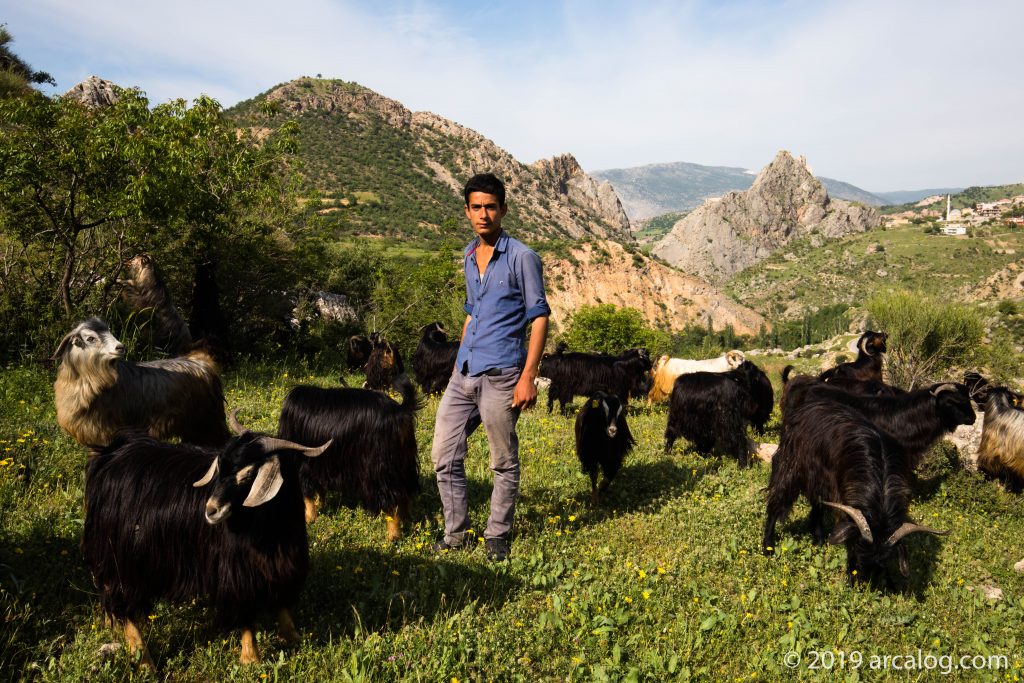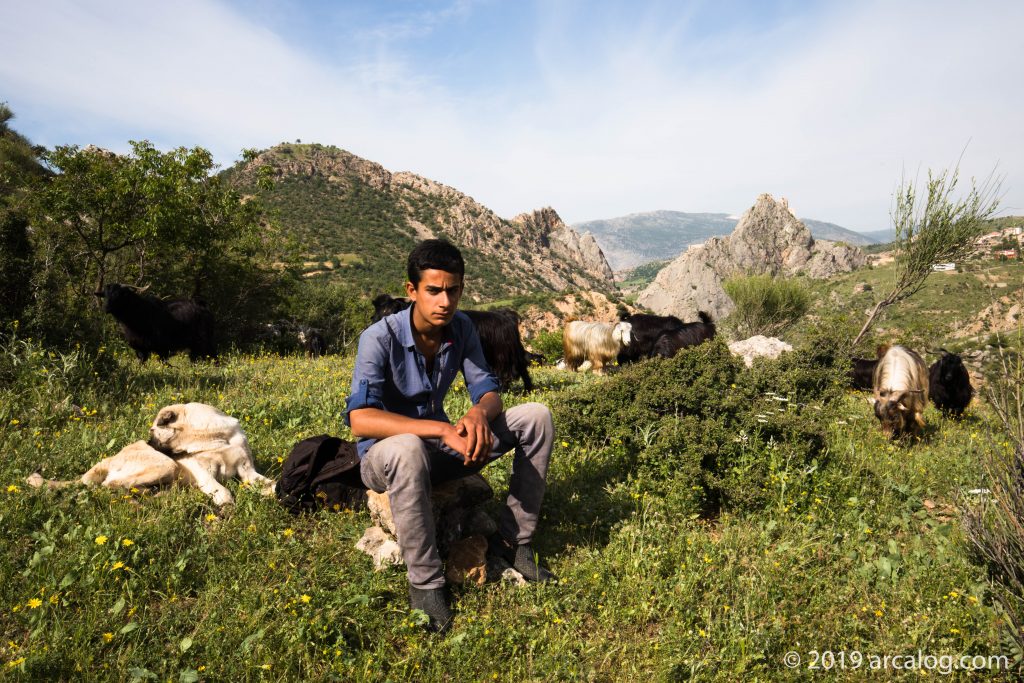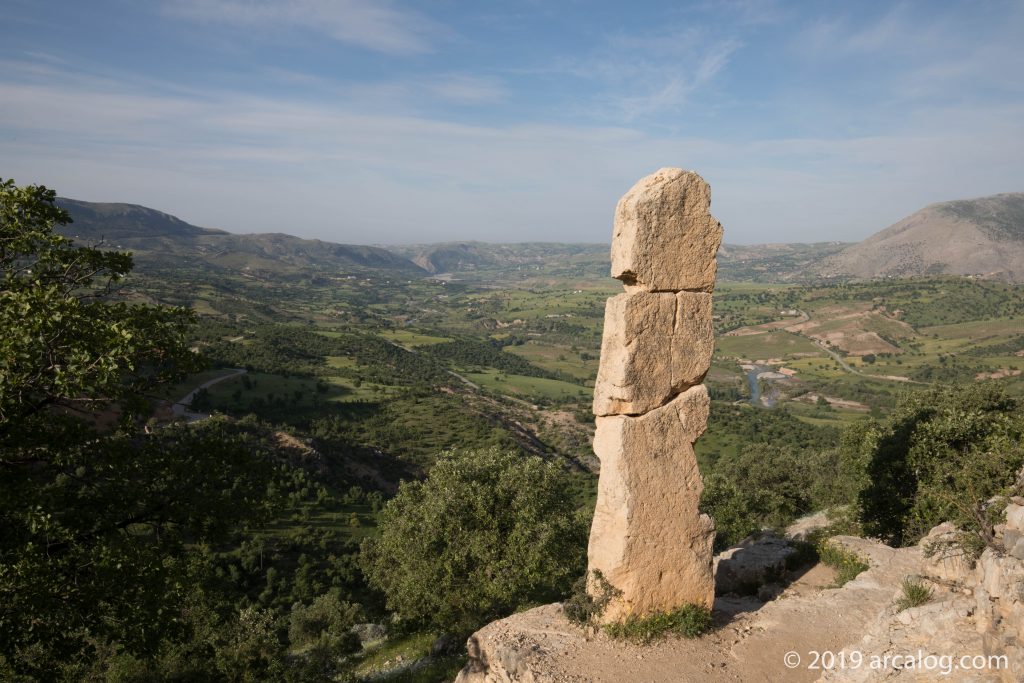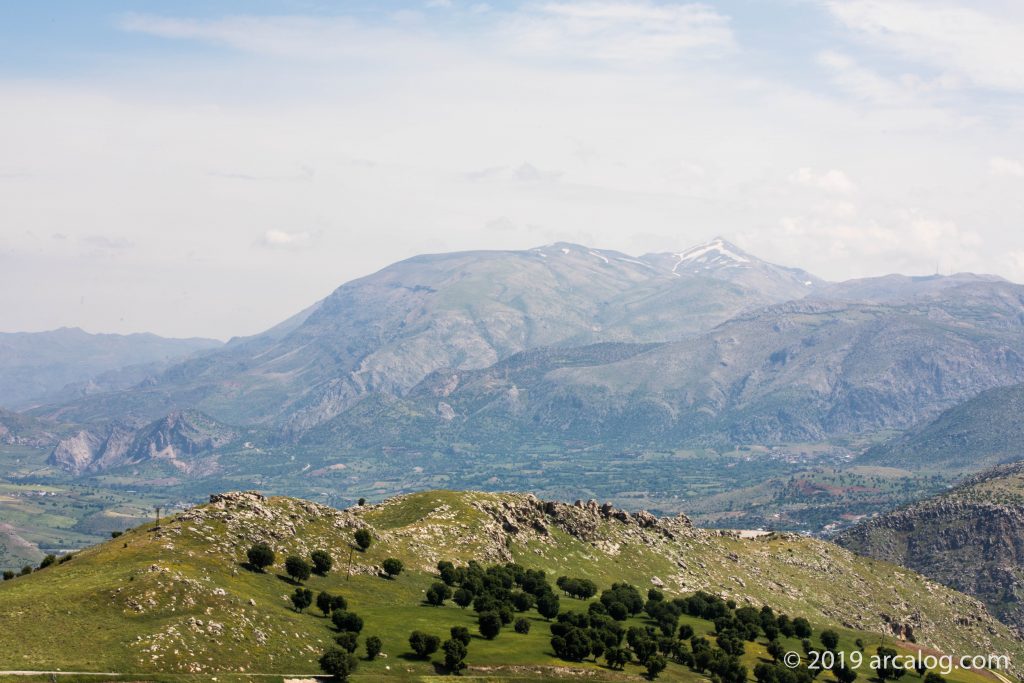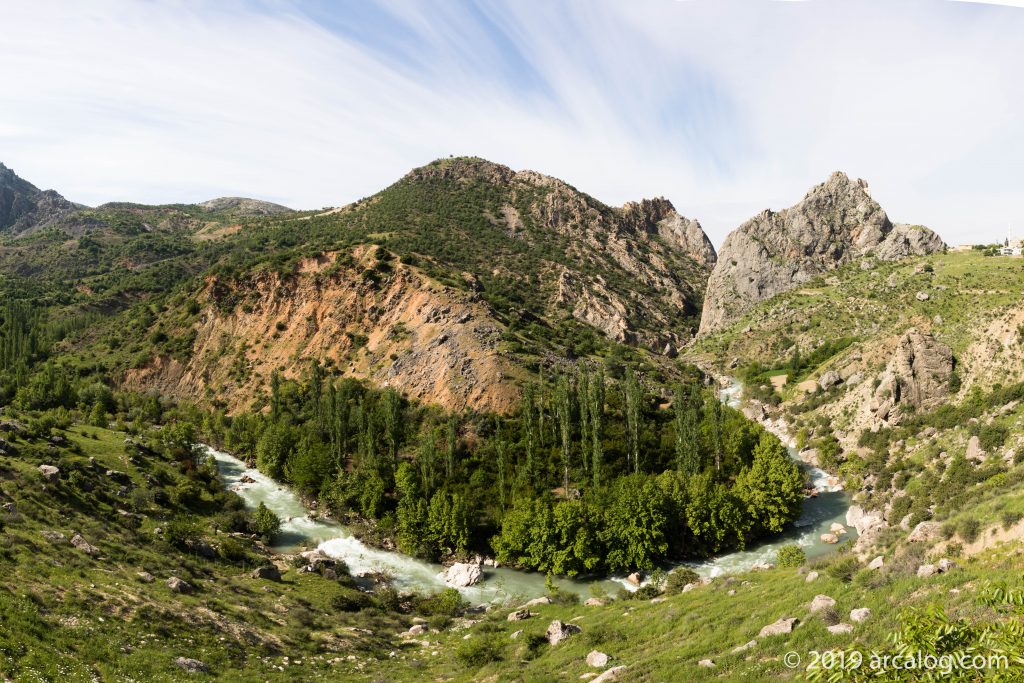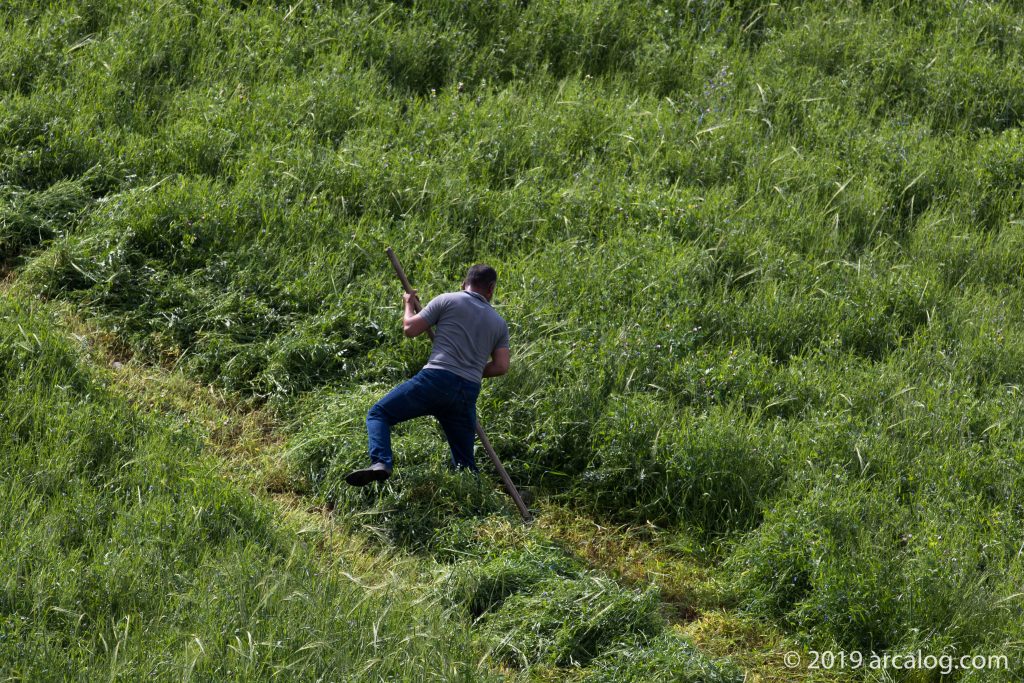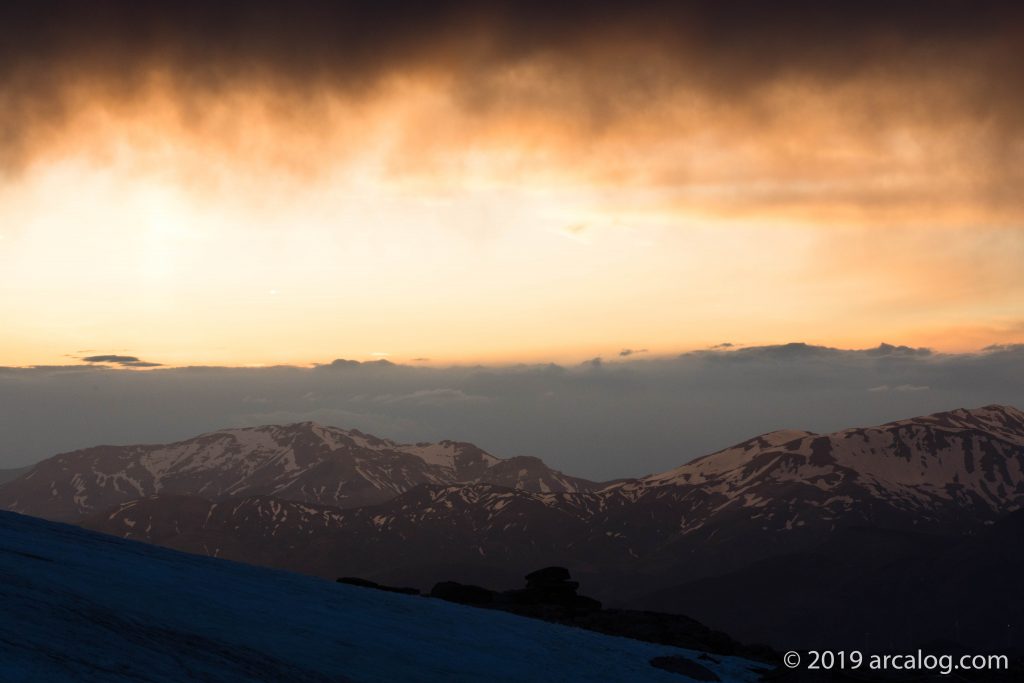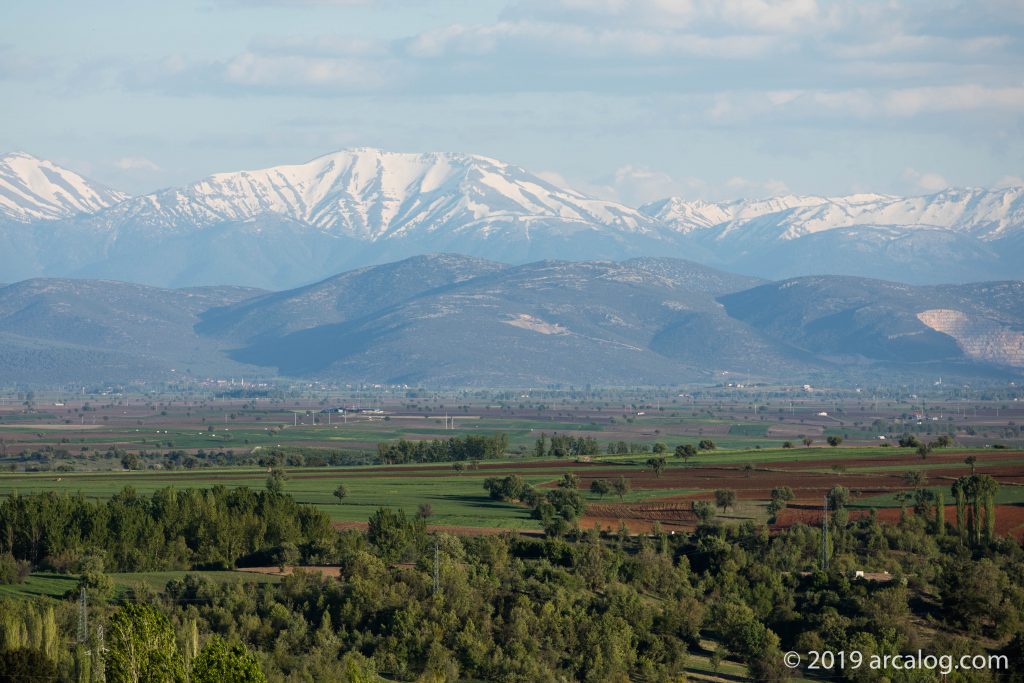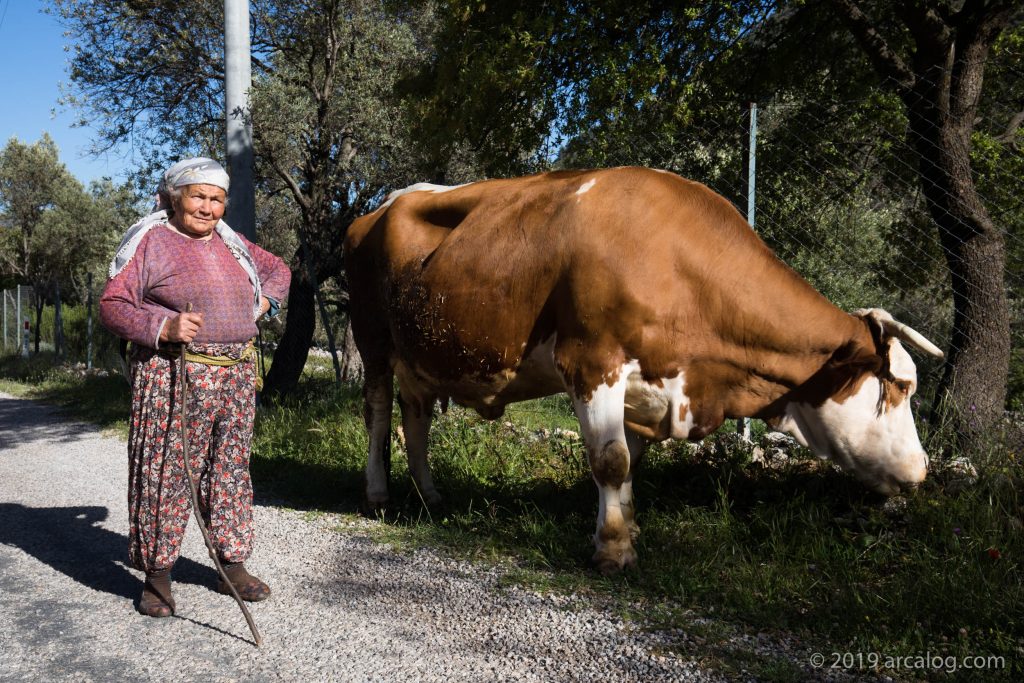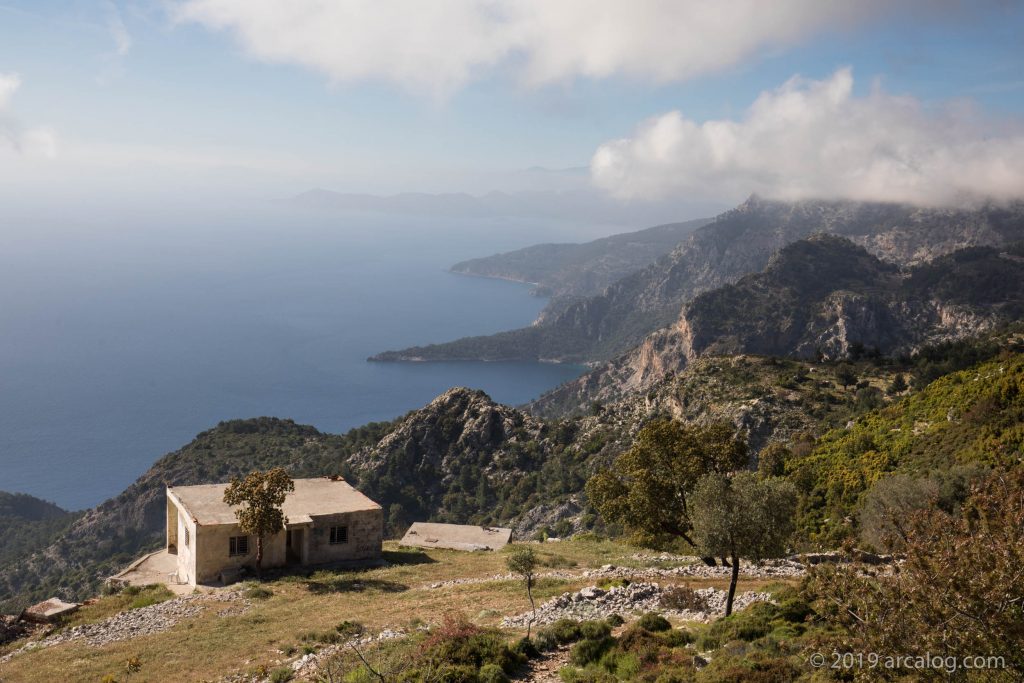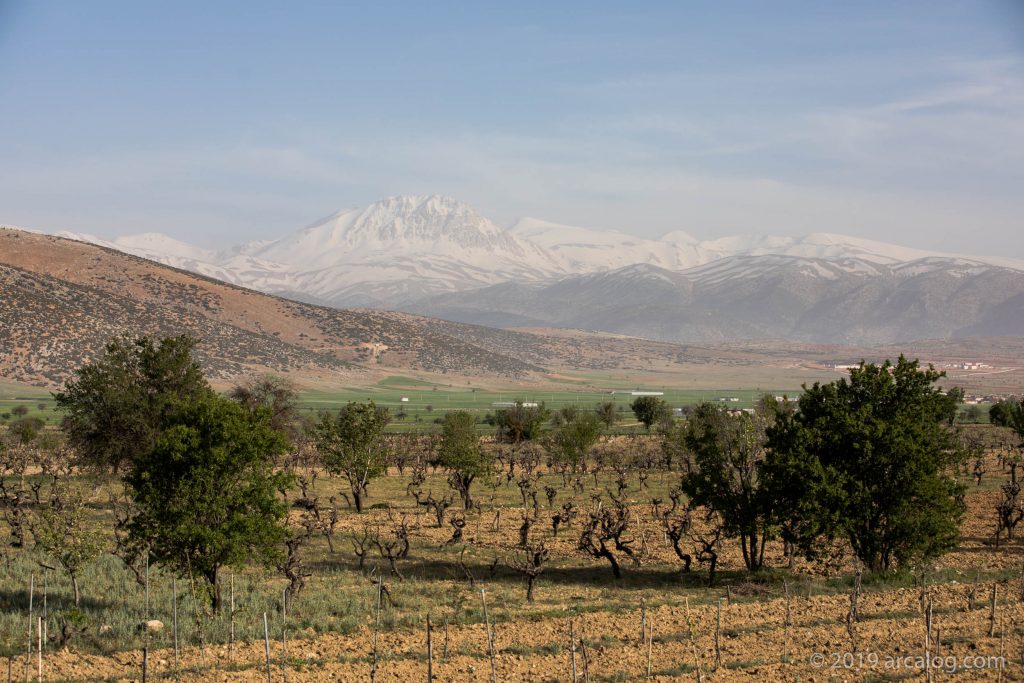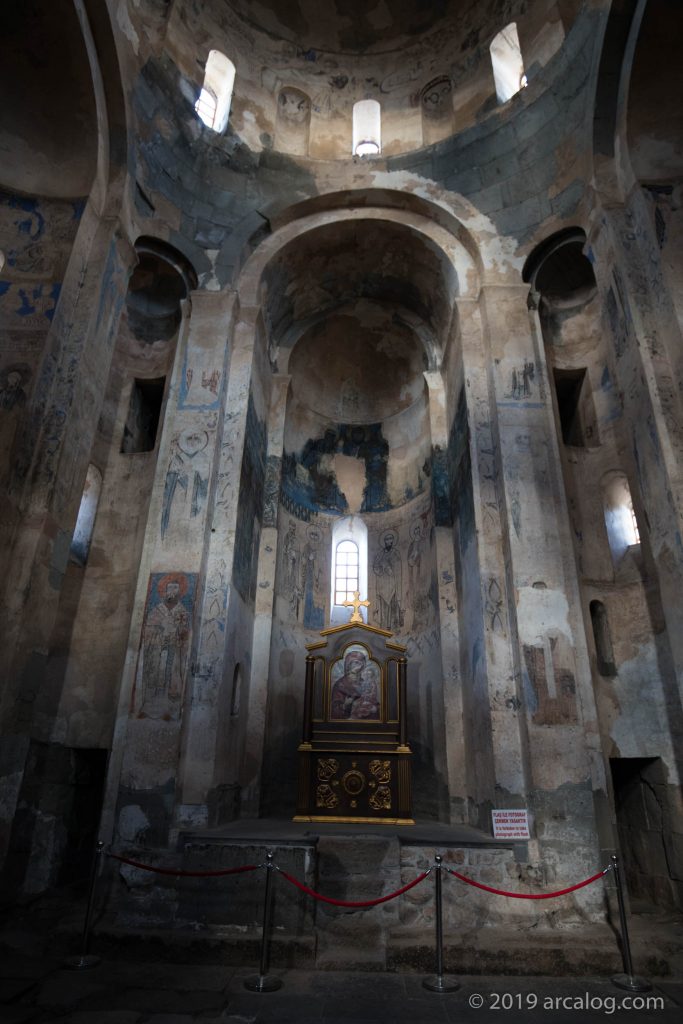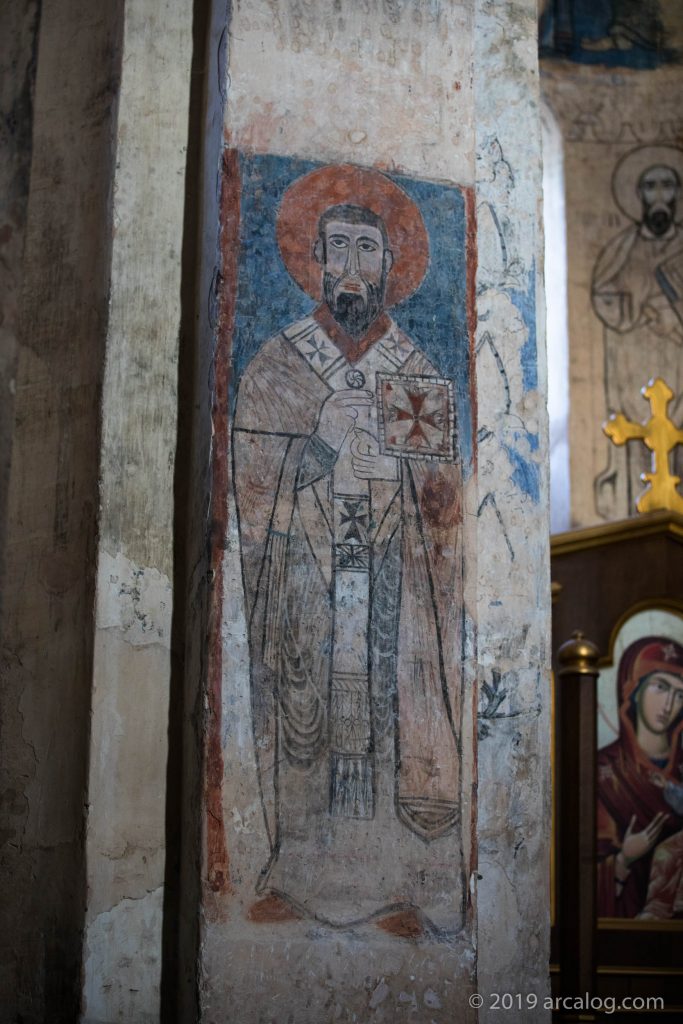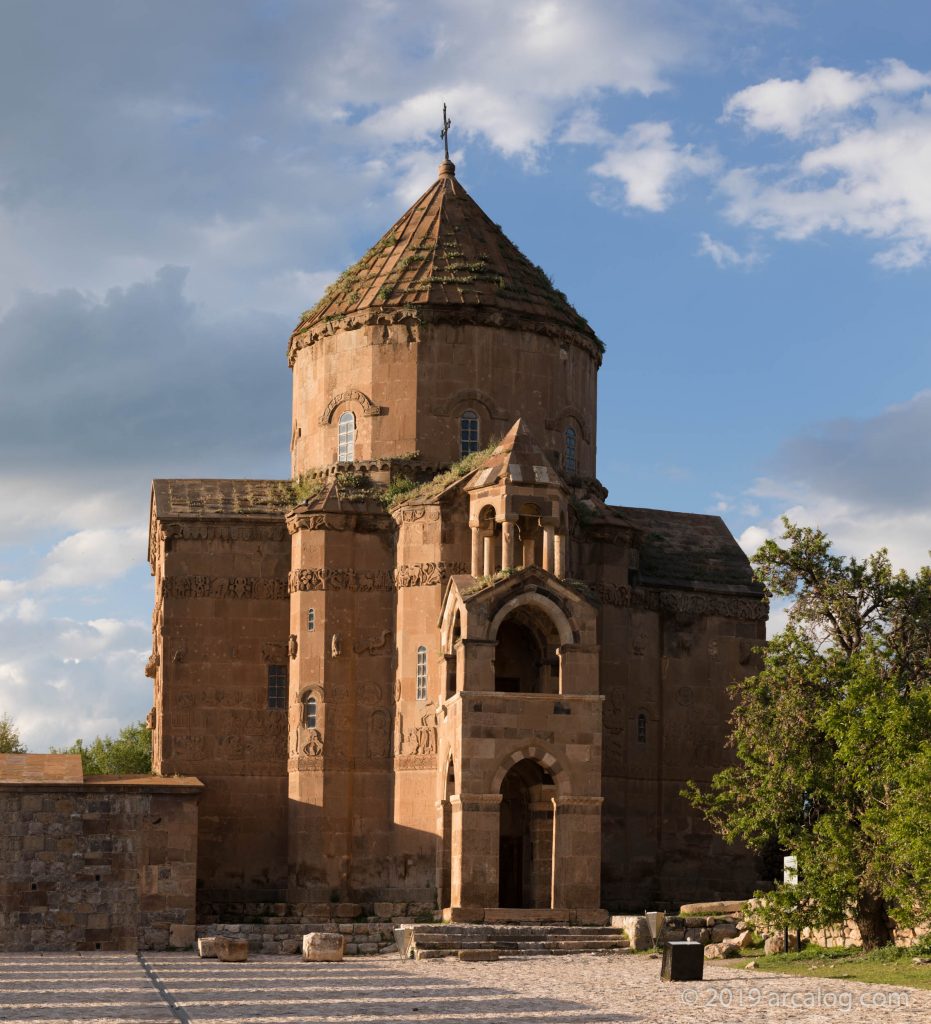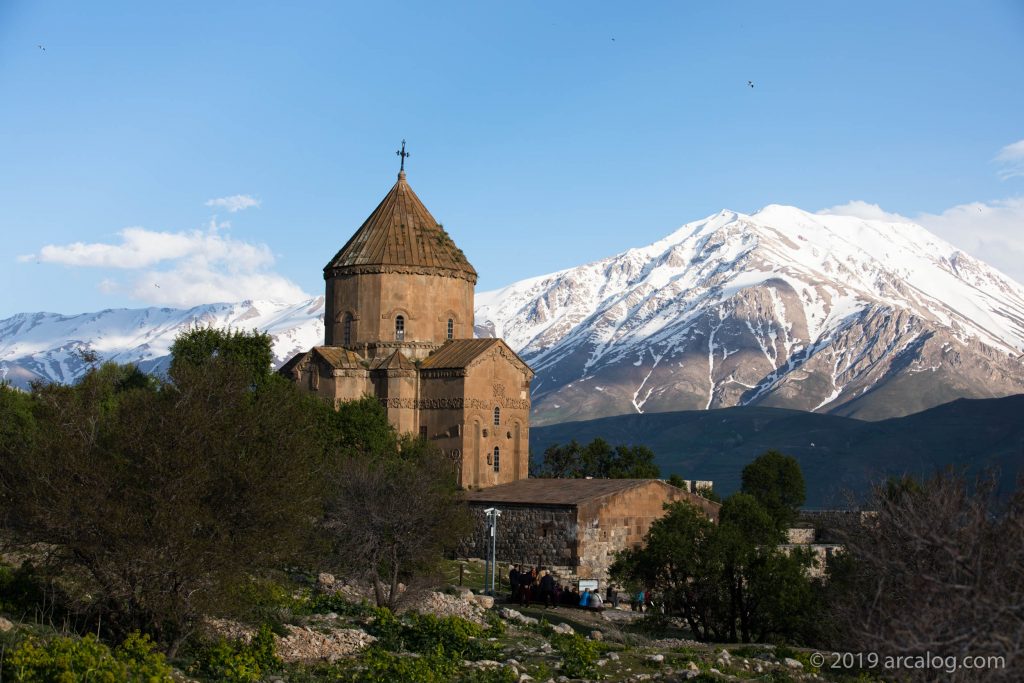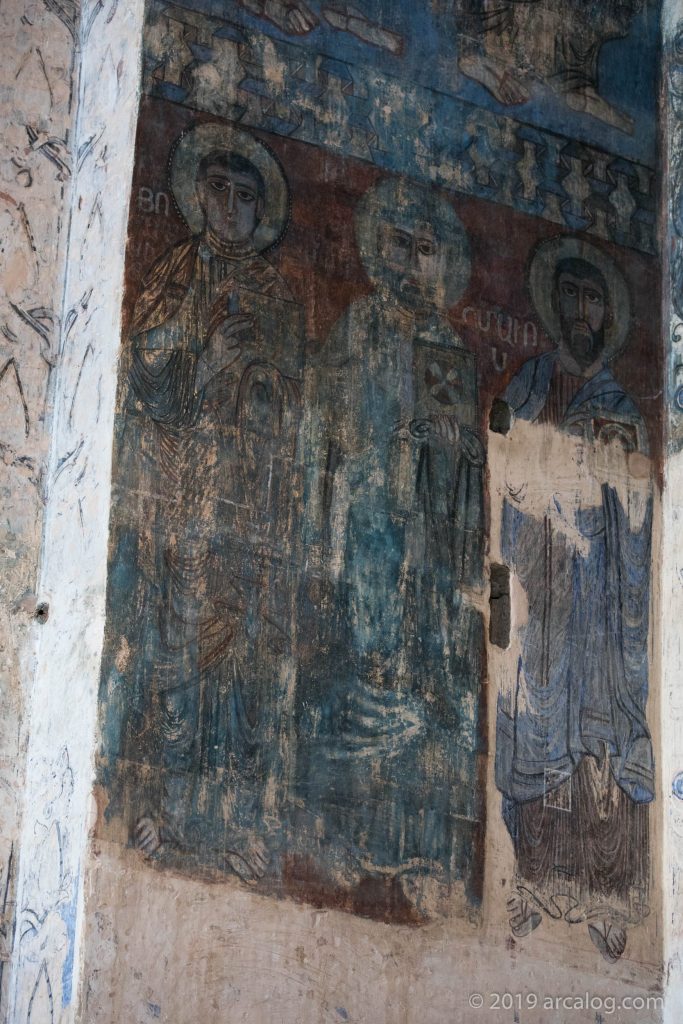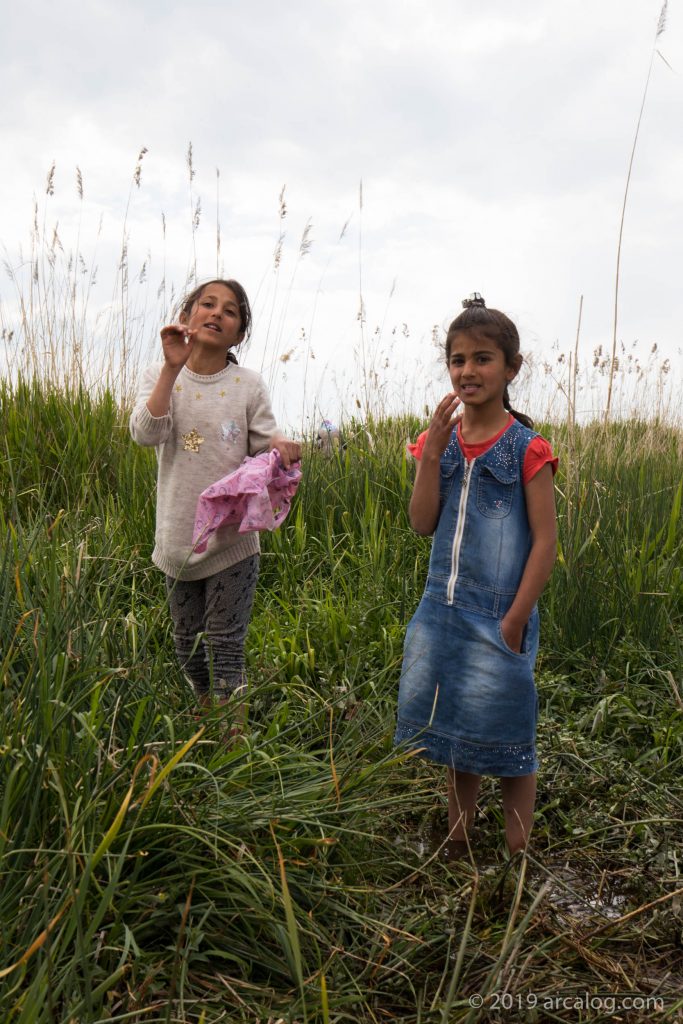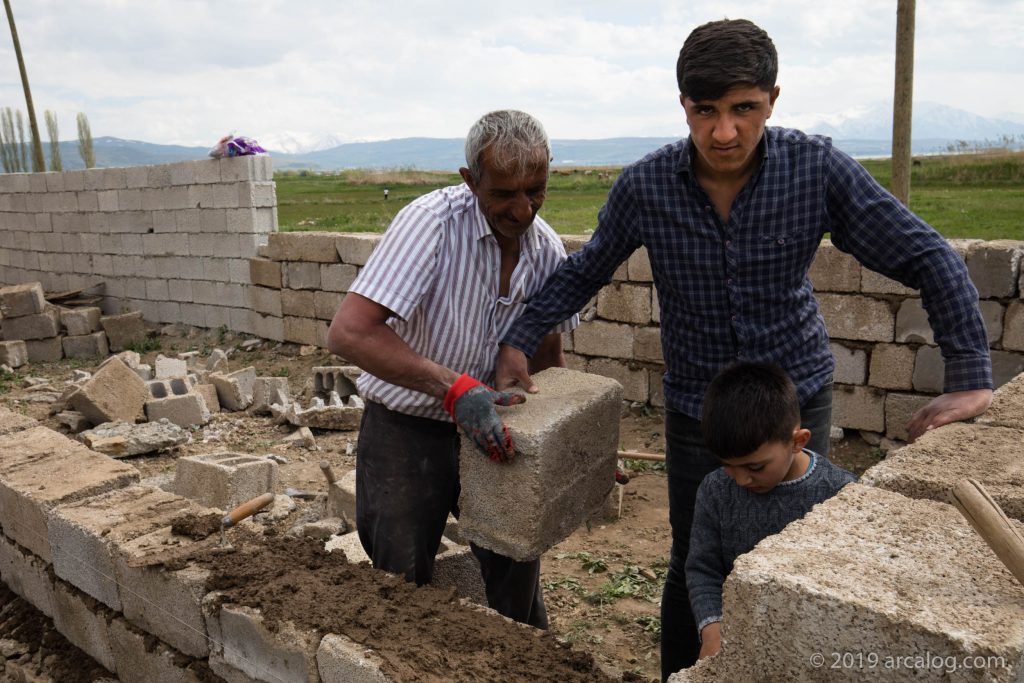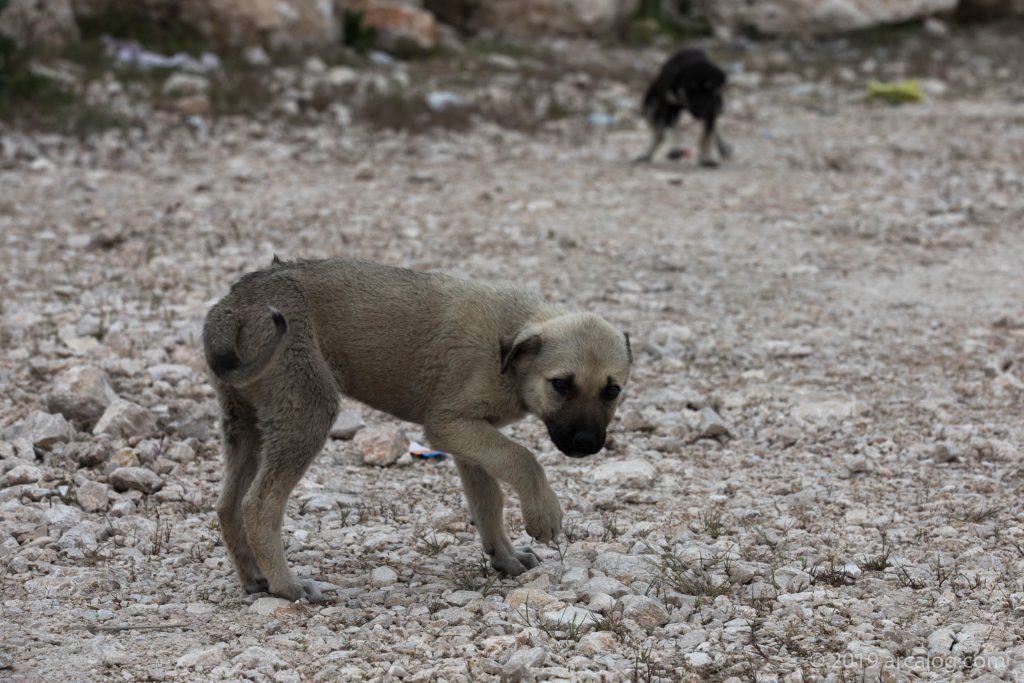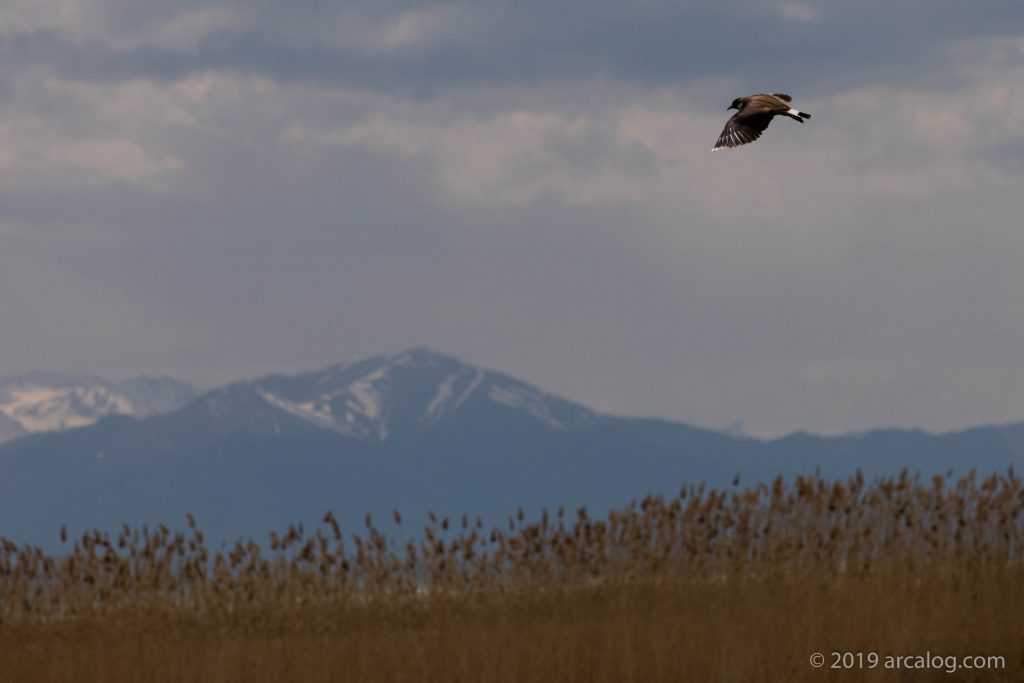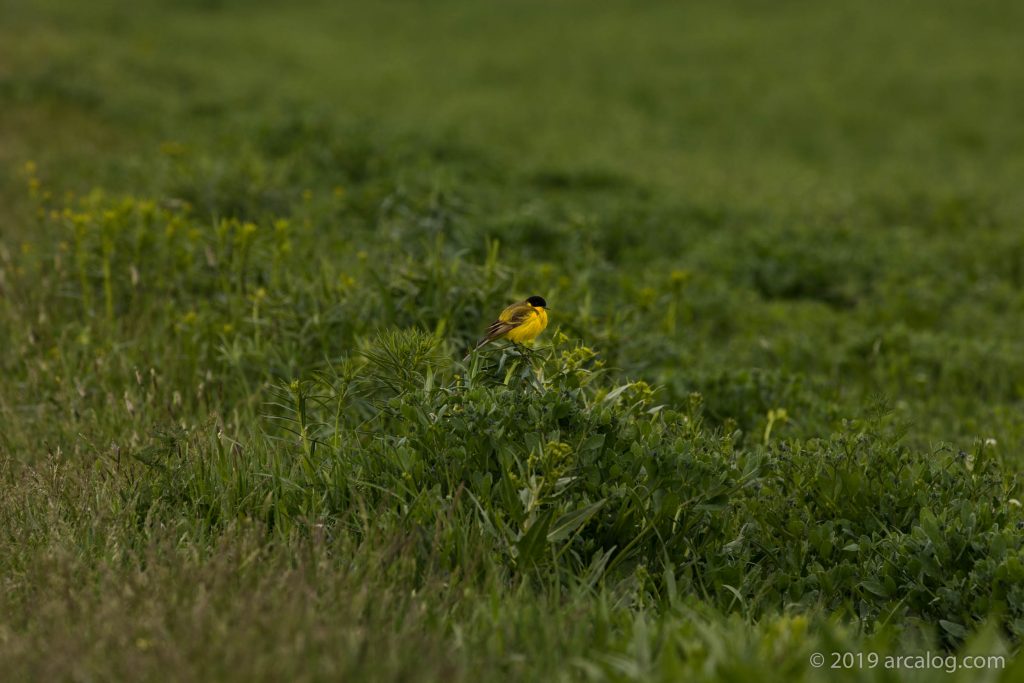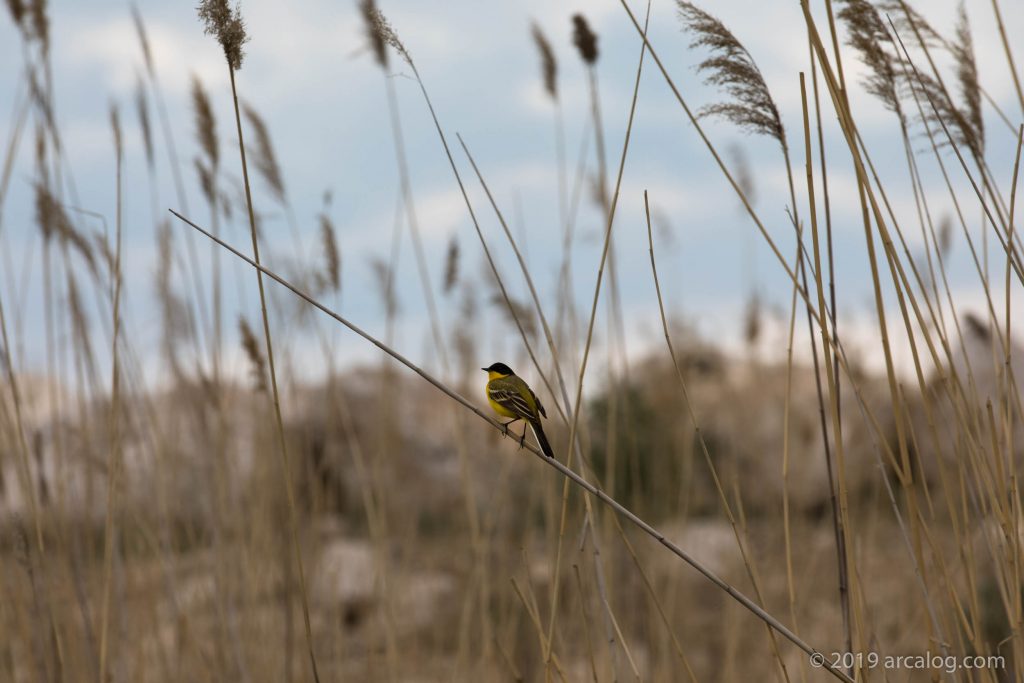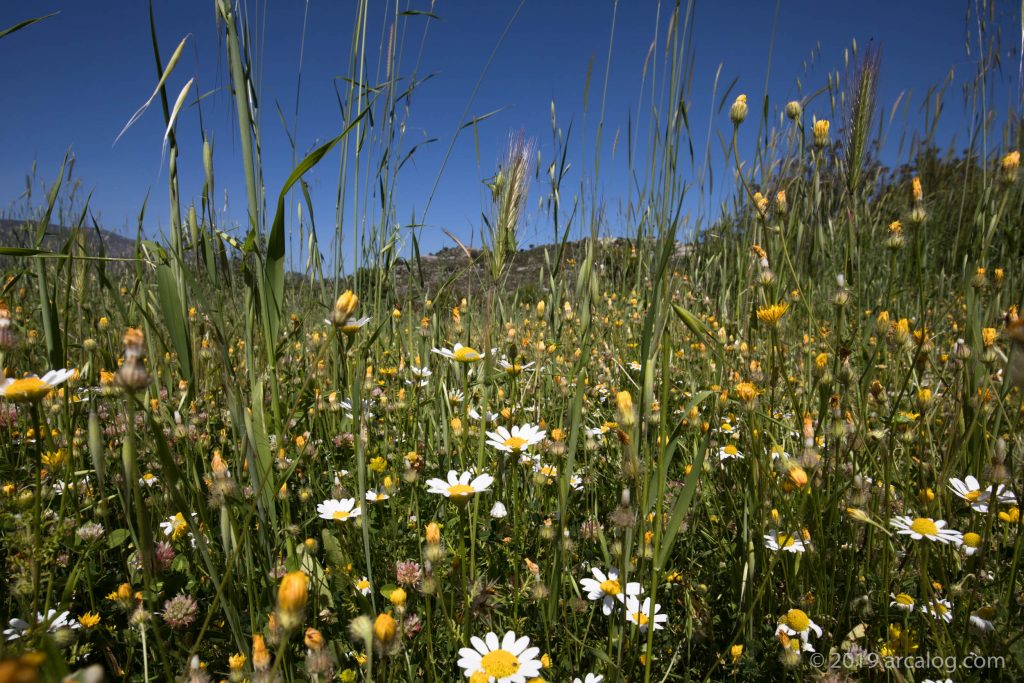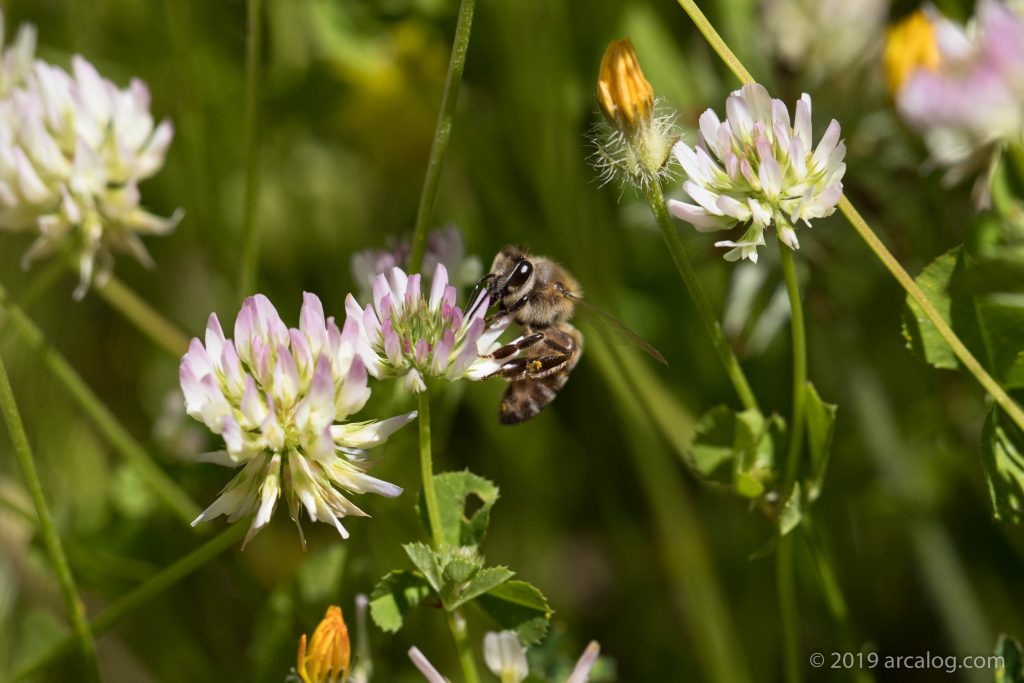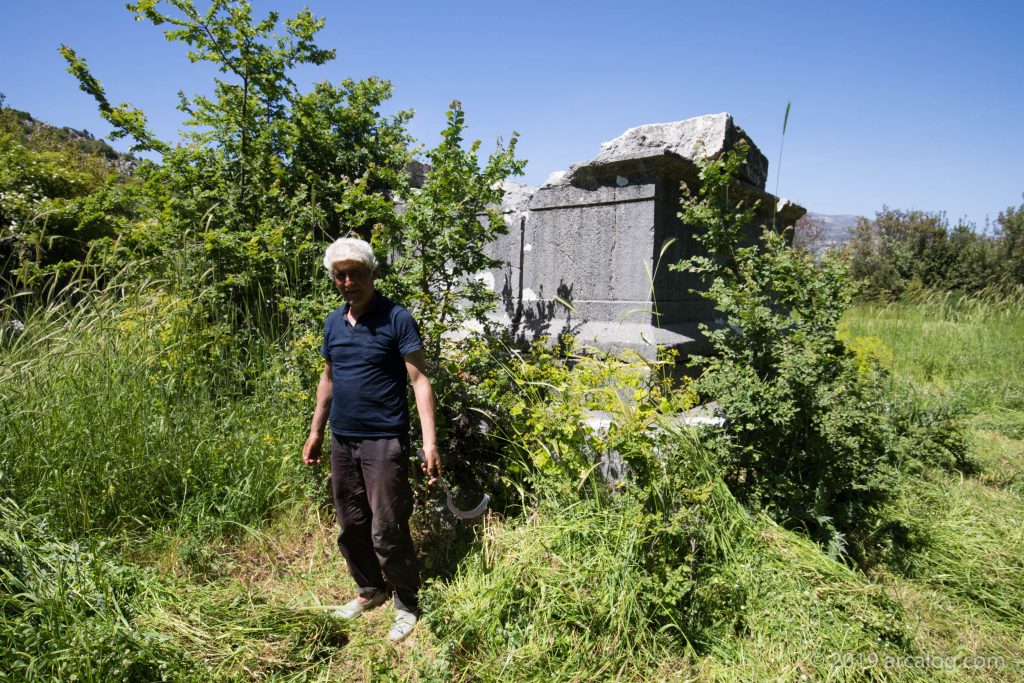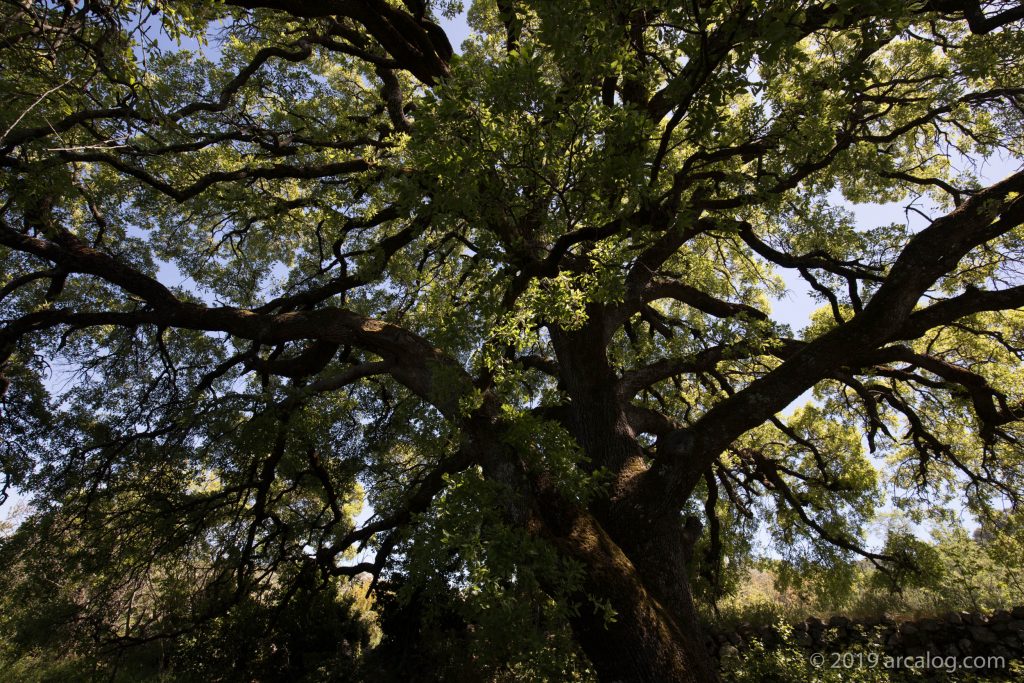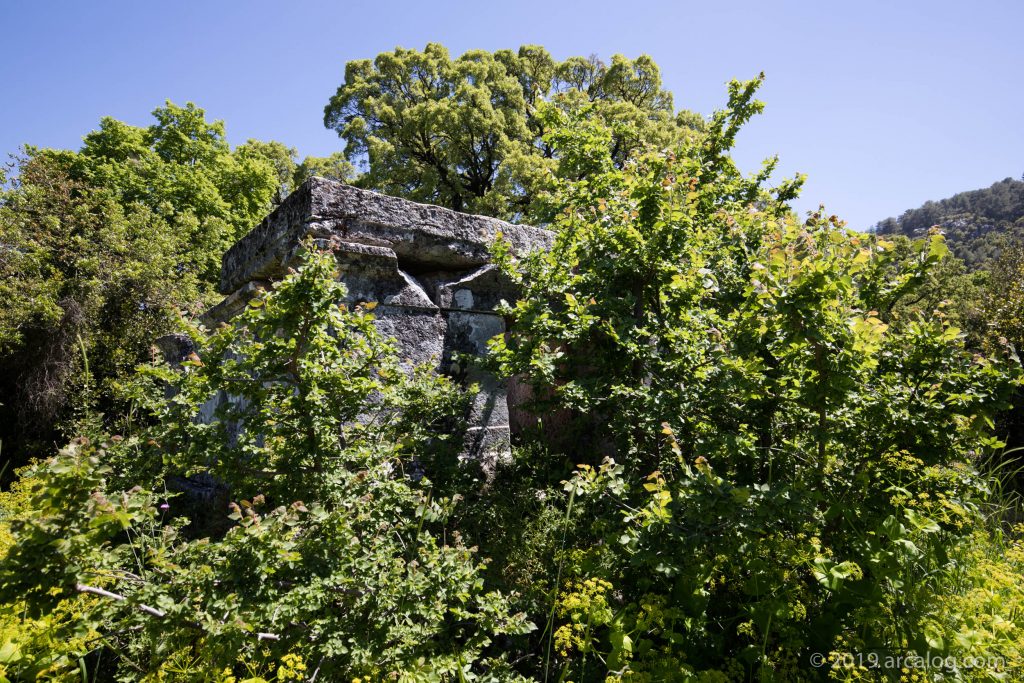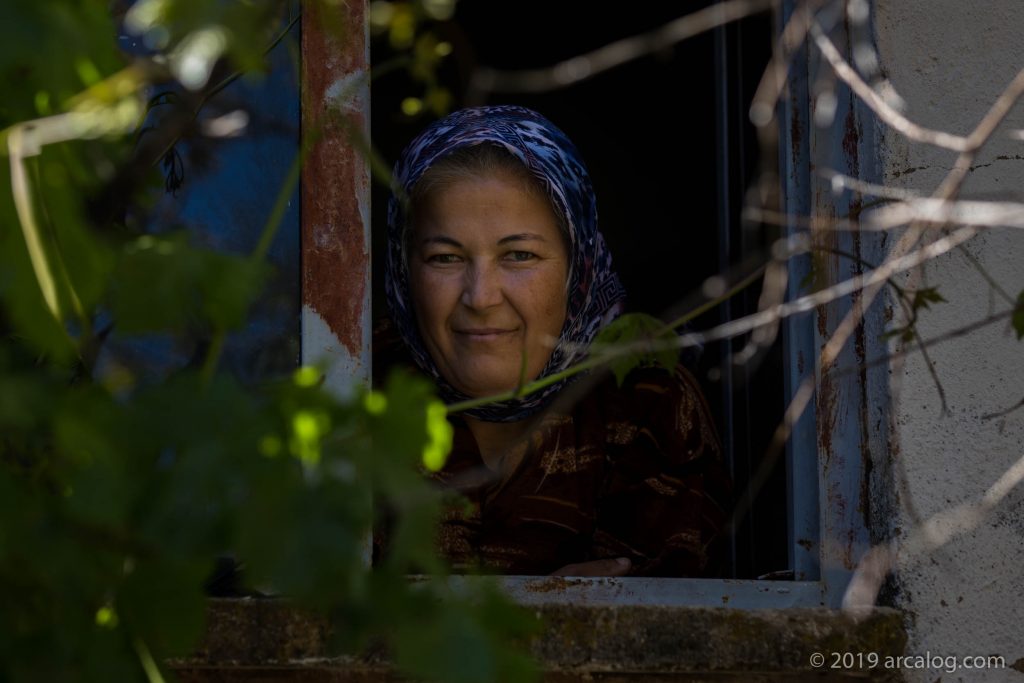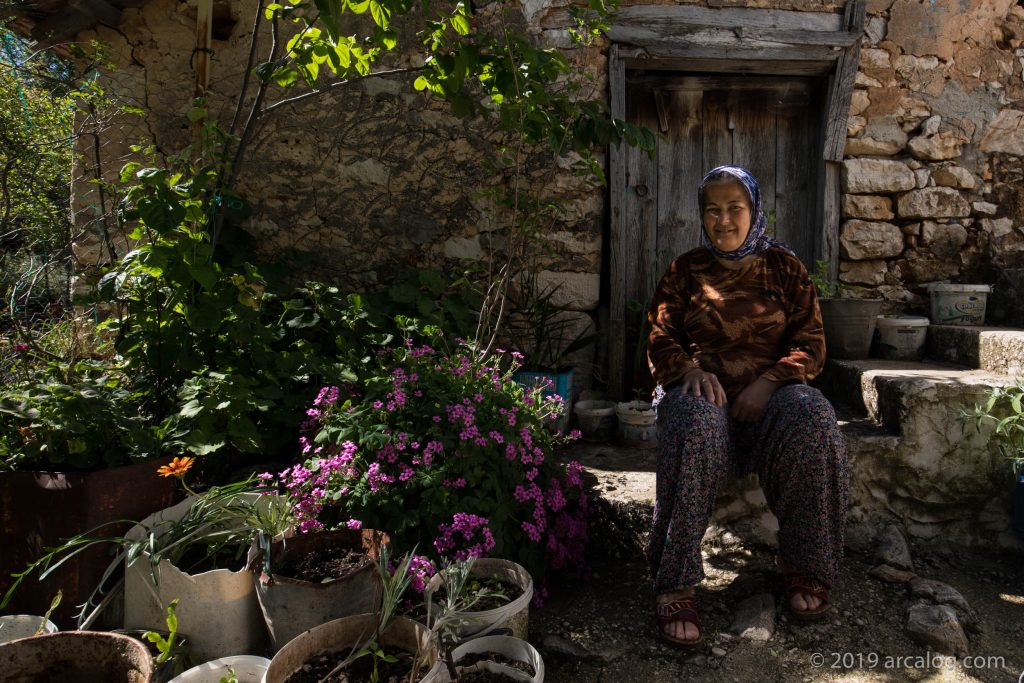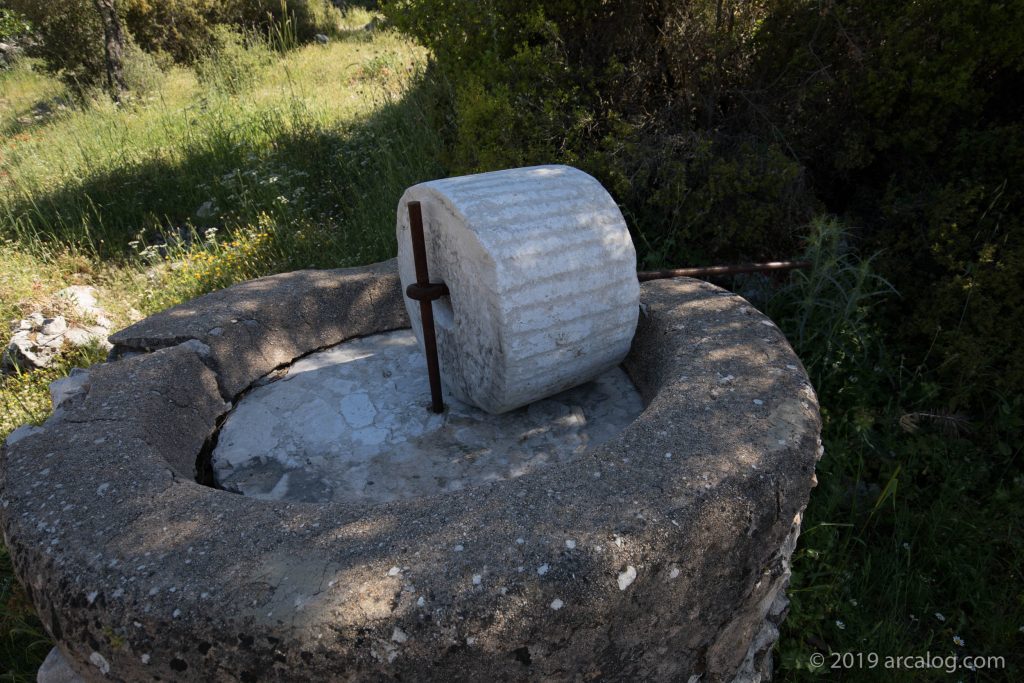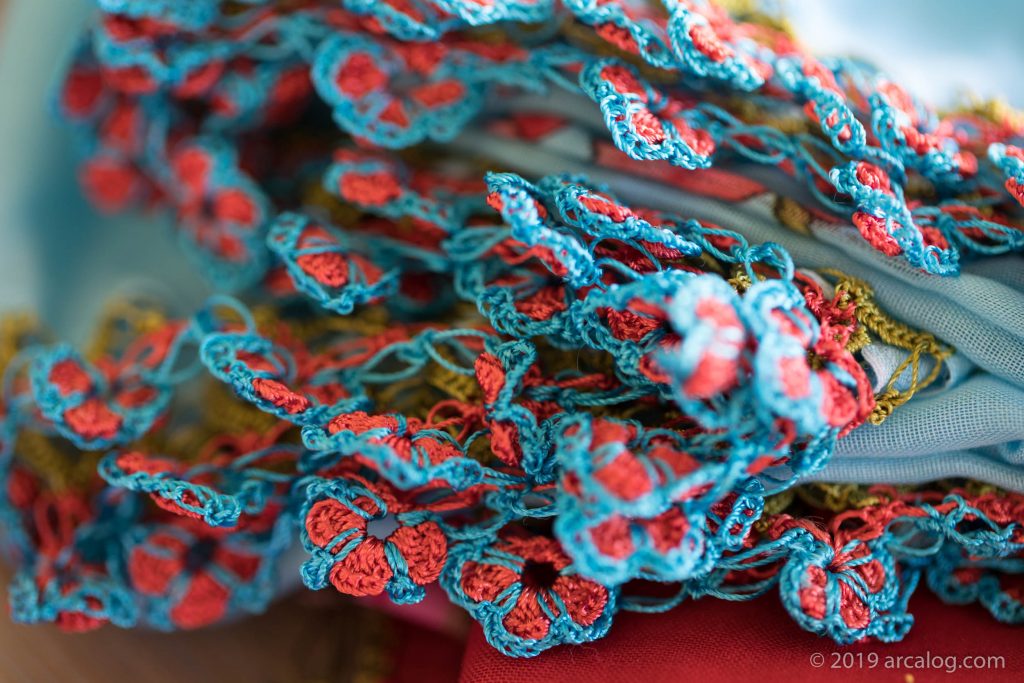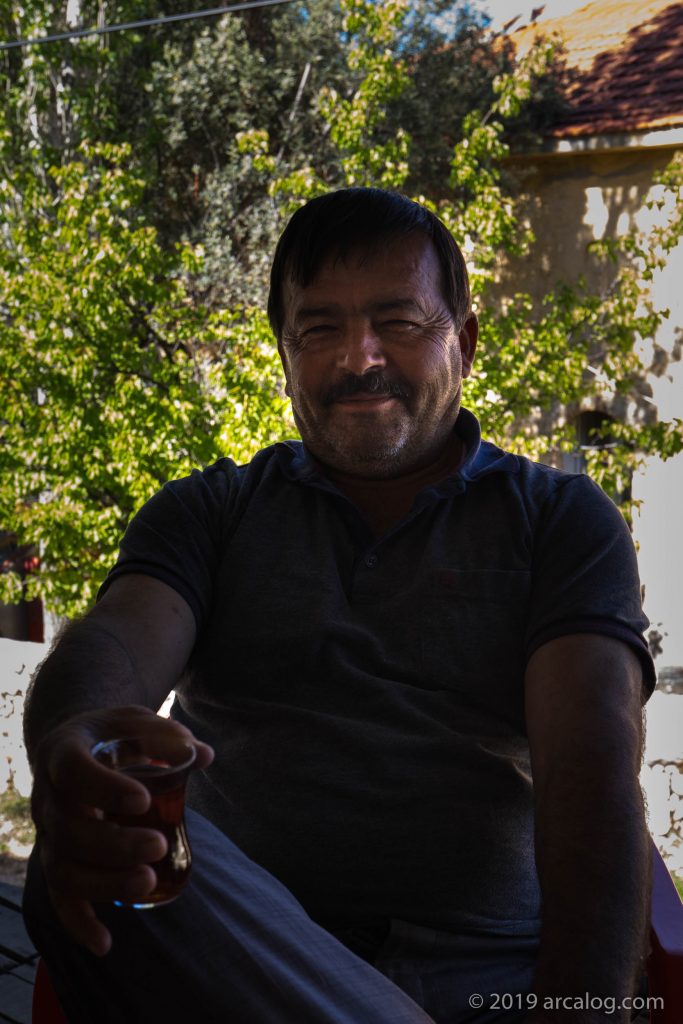I know I said that Sidyma was my favorite place in Turkey, but I was forgetting about Commagene, formerly an isolated mountain kingdom in the Eastern Taurus mountains above Syria.
Ross Perot
Ross Perot passed away from leukemia July 9, 2019. As a presidential candidate, he chose to work outside of the two party system and side-step the main news channels by reaching out to the American people directly via cable TV. He was mercilessly mocked for his infomercials. I’ve posted one of them below. The whole video is worth watching. It is like opening a time capsule. To bad we didn’t listen to him. At least we can honor his memory.
History repeats itself.
The budget should be balanced.
The treasury should be refilled.
Public debt should be reduced.
The arrogance of public officials should be controlled.
Pisidia Antioch
One thing that struck me as I drove from Conya (Iconium) to Pisidia Antioch, and then along the southern coast of Turkey, was just how rugged the terrain is. The road wound through high mountain passes and descended into pleasant valleys that seem to have been left behind and forgotten in our the rush to industrialize.
Paul delivered several sermons in the synagogue at Antioch (Acts 13). Many received the news with joy but some among the Jews stirred up the “devout women of high standing and leading men of the city” against the apostles. So they departed Antioch for Iconium and then Lystra, where, in response to the healing of a crippled man, the people declared, “The gods have come down to us in the likeness of men!” This was, of course, the very claim the Roman emperors made for themselves.
To fly down and change your own form to the frame
Of a young man on earth, and, braving the danger,
To suffer the people to give you the name
Of Caesar’s avenger 1
In response, Paul declared to the people of Lystra that we ought instead to worship the living God, the Creator of the heavens and the earth, who satisfies our hearts with food and gladness. (Acts 14:14) It was a simple message, but it was also subversive, for these words undermined the worship of Caesar!
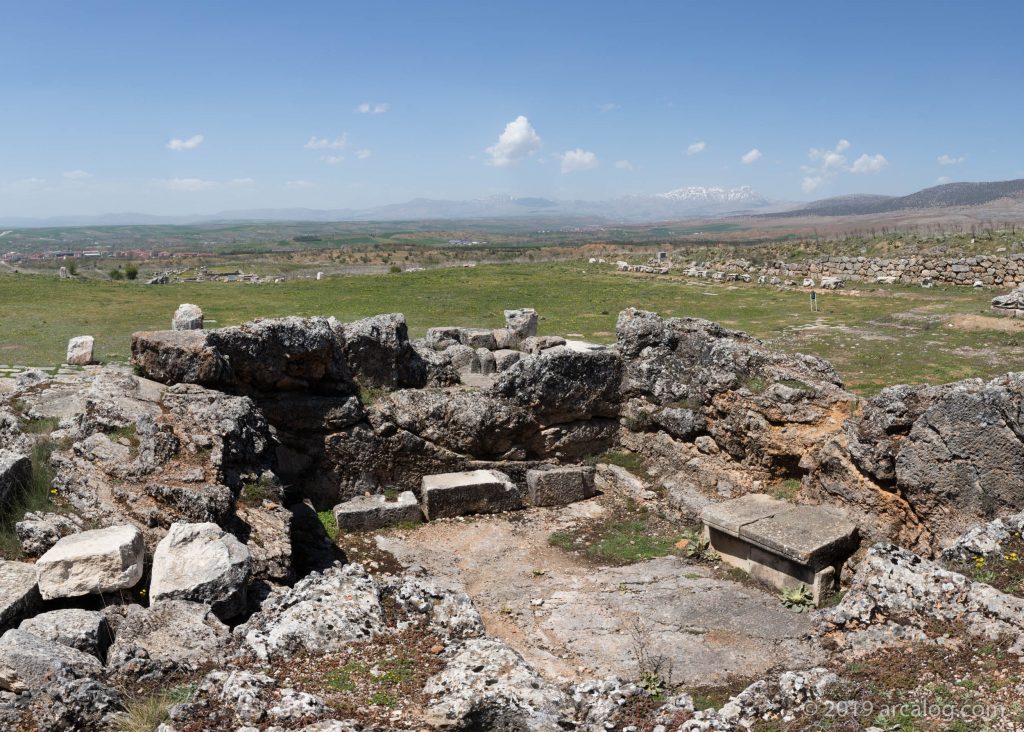

- Od. 1.2.25-44, from “Paul and the Faithfulness of God”, N.T. Wright (pg 322) ↩
Van
The region of Van used to be the heartland of the Christian kingdom of Armenia. Today, it is the eastern most region of Turkey with a majority Kurdish population. The Armenian Christians in this region were nearly all massacred in the years leading up to and during WWI. The Church of the Holy Cross on the island Aghtamar in Lake Van stands as an eerie monument to this civilization that once flourished and is no more.
It was a supreme test of patience to get these three girls to finally stand for a picture.
This little White Fang couldn’t decide if I was his master or enemy. In the end, he decided on neither and dozed off. Lucky for me!
I spent the better portion of an afternoon in the fields along Lake Van shooting pictures of Tushpa, the ancient citadel of Uraratu. I came across a nesting bird, not sure what kind, but she wasn’t happy that I was there and let me know it by circling overhead. There was a yellow breasted something-or-other out there too.
Sidyma
I think one of my favorite places in Turkey was Sidyma, a village in the former Roman province of Lycia – the Lukka of Homeric fame. The ancient tombs in this region are quite impressive but what makes the place really special is its natural setting, in a small village high up in the Taurus mountains.
When Sarpedon, commander of the Lycians, was killed by Patroclus:
But once his soul and life force have left him, send Death to carry him home, send soothing Sleep, all the way till they reach the broad land of Lycia. There his brothers and countrymen will bury the prince with full royal rites, with mounded tomb and pillar. These are the solemn honors owed the dead.” (Homer’s Iliad, translated by Fagles, 16.538-543)

Turkey
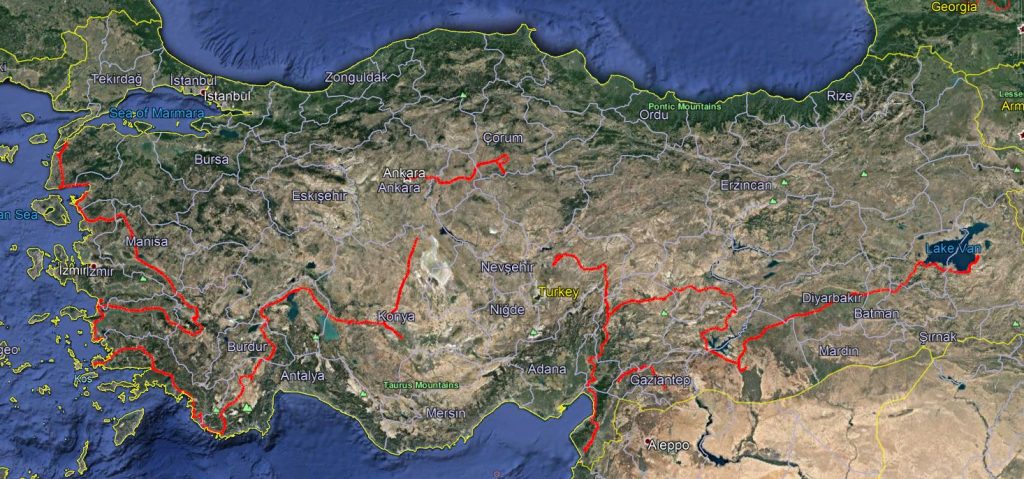
I just finished a trip to Turkey to collect some images for a history curriculum. Put a few kilometers on a couple Peugeot 301’s. I’ll post a few pictures – non archaeology related – in the days to come.
The Road to Emmaus
This post is for Dad, who has a long history with this road.
There is a dusty little track that leads from the town of Emmaus up to Jerusalem. The gospel of Luke tells the story of two men who walked this road in despair but returned by it that very same evening with a message. Christ is risen! But that couldn’t have been all that they had to say. For Christ had spent the better part of an afternoon and evening explaining to them why “the Messiah must suffer these things and enter into his glory.” There is an aspect to this account that involves the mind grasping truth, and there is another that involves the heart. “When he was at the table with them, he took bread, gave thanks, broke it and began to give it to them. Then their eyes were opened…” This was the first communion!
Its been said that Emmaus is too far from Jerusalem for the disciples to have gone all that distance that very same evening. But as one of the custodians of Emmaus said to me, this doesn’t account for the excitement generated by the word spoken by Jesus to his disciples. It can be done, although it would have been an exhausting journey. It is also possible that there was another Emmaus located closer to Jerusalem in Jesus day.
Geography aside, the apostle Luke gives us something to think about this Easter. A simple message has the power to change our entire outlook on life and to fill us with real joy and a sense of purpose. It can even inspire us walk 60 or 160 stadia (10 or 20 kms) back to Jerusalem in the night – with joy!
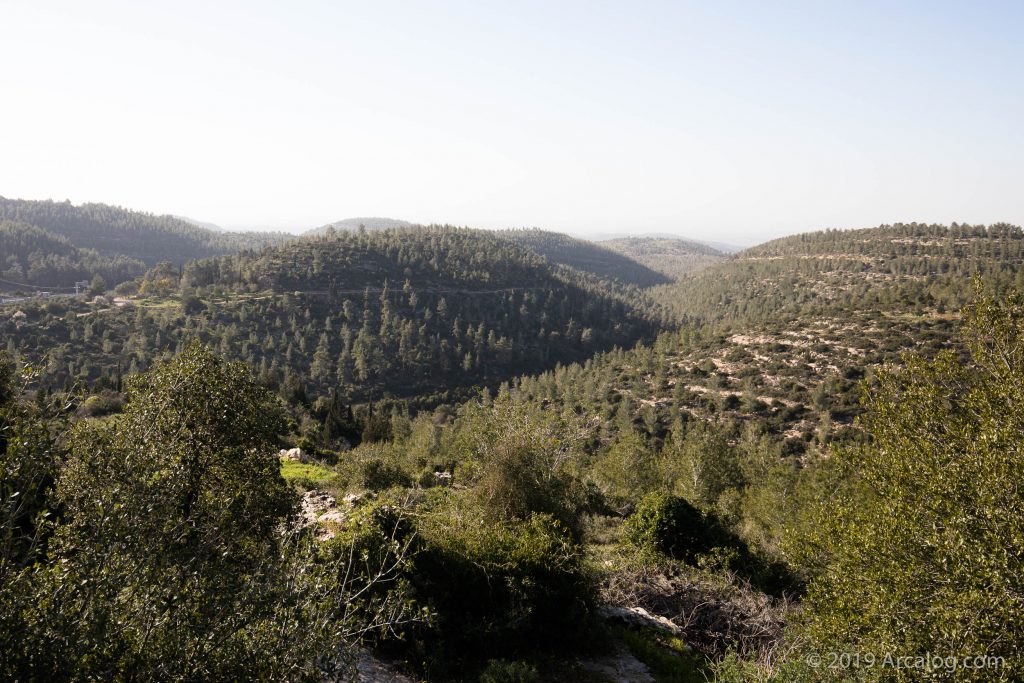



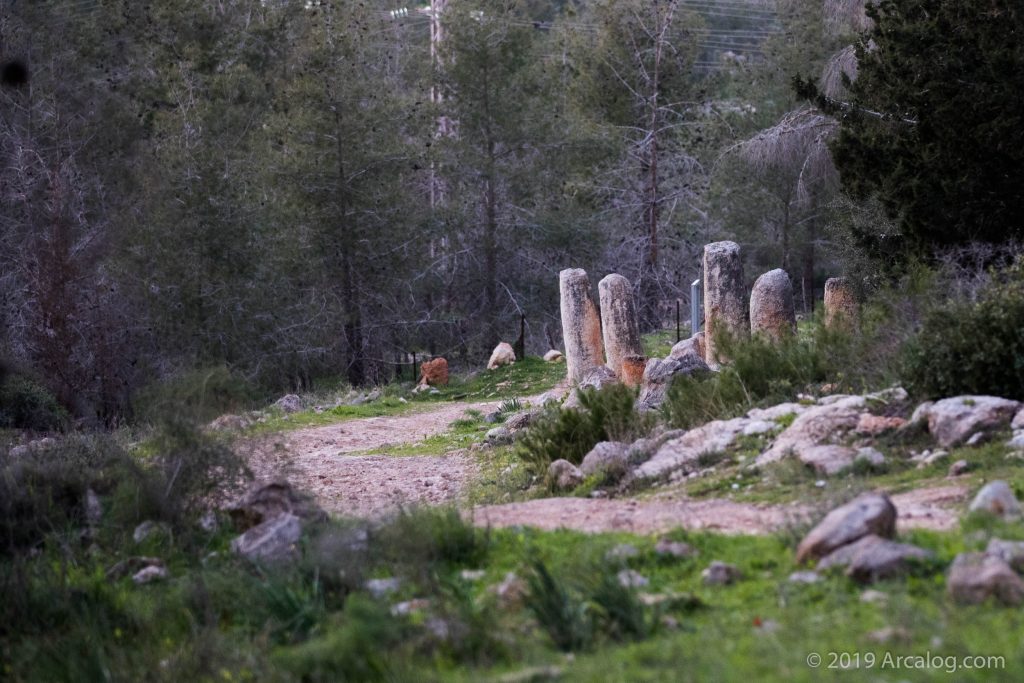
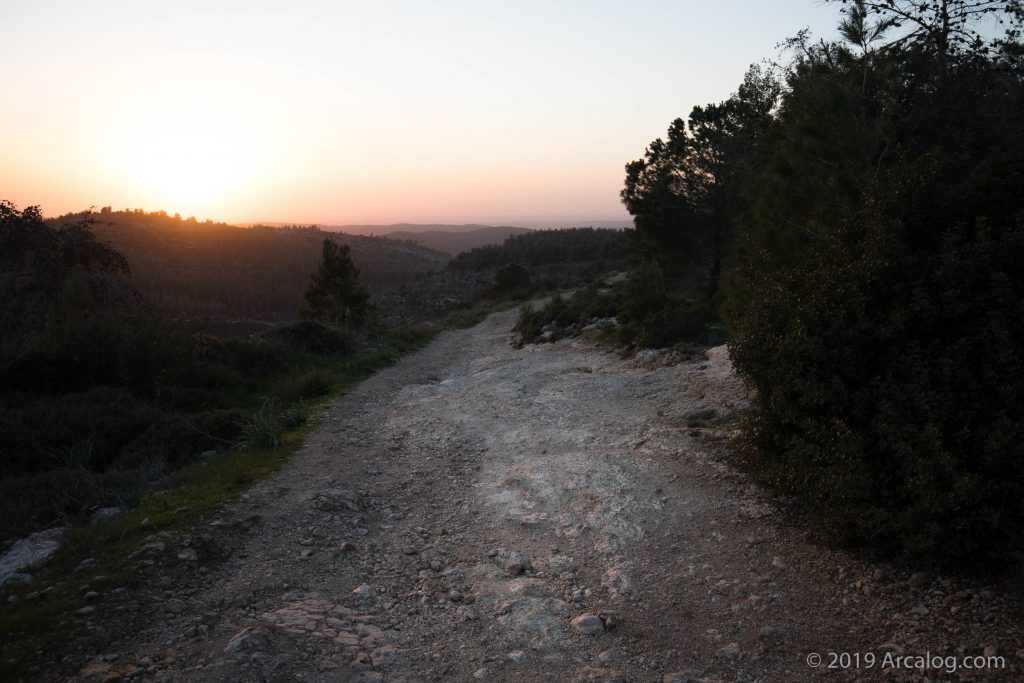
Joseph Martin-Dauch
Joseph Martin-Dauch was the only member of the Estates General to refuse to sign the Tennis Court Oath. Five hundred and seventy six voted for it and one voted against it – Joseph Martin-Dauch. The scene was captured by the painter Jacques-Louis David. You can see Martin-Dauch seated to one side, his arms crossed, while everyone around him raises their hands in a salute – a symbol that would later come to define European fascism.

The Assembly ordered Martin-Dauch not to publicly express his opposition to the National Assembly but he defied the wishes of the Assembly and wrote the word ‘opponent’ next to his name on the Oath. Martin-Dauch was told to stay away from the Estates General but he attended anyway. He was the only one to stand when king Louis XVI entered the hall. Five hundred and seventy six remained seated and one stood – Joseph Martin-Dauch. His public stance cost him dearly. He survived one assassination attempt and spent time in prison. He only survived the Reign of Terror by going under a false name.
When I look at Martin-Dauch seated there, I think of Jotham, Nathan, Elijah, Isaiah, Jeremiah… men who stood alone. They are the only ancient historical figures of whom I am aware that openly challenged the will of the king until Aristophanes criticized Cleon in the 5th century BC. Even then, Aristophanes had to couch his criticism in satire.
Pascal wrote,
Power rules the world, not opinion. It is power that makes opinion. Anyone who wants to dance the tightrope will be alone. (Pascal, Pensees, 303)
Martin-Dauch stood up to those in power. He went against public opinion. He danced the tightrope… alone.
The Resurrection and the Oak
“Come, let us return to the LORD; for he has torn us, that he may heal us; he has struck us down, and he will bind us up. After two days he will revive us; on the third day he will raise us up, that we may live before him. Let us know; let us press on to know the LORD; his going out is sure as the dawn; he will come to us as the showers, as the spring rains that water the earth.”
(Hos. 6:1-3 ESV)
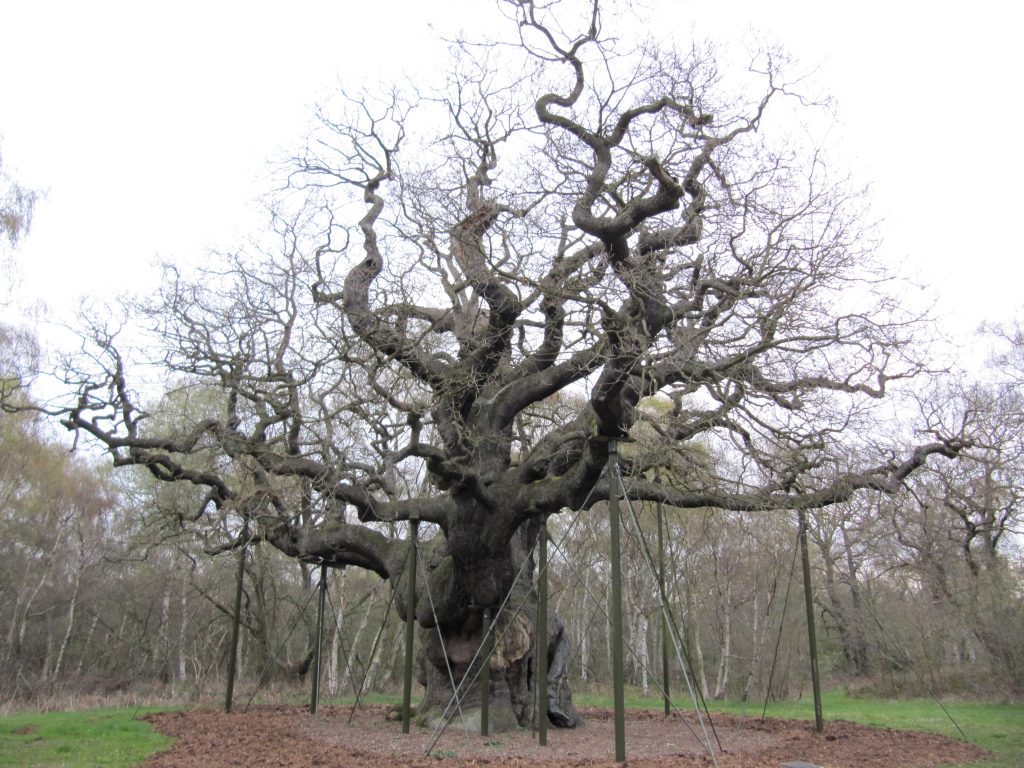
From War and Peace by Leo Tolstoy:
At the edge of the road stood an oak. Probably ten times the age of the birches that formed the forest, it was ten times as thick and twice as tall as they. It was an enormous tree, its girth twice as great as a man could embrace, and evidently long ago some of its branches had been broken off and its bark scarred. With its huge ungainly limbs sprawling unsymmetrically, and its gnarled hands and fingers, it stood an aged, stern, and scornful monster among the smiling birch trees. Only the dead-looking evergreen firs dotted about in the forest, and this oak, refused to yield to the charm of spring or notice either the spring or the sunshine.
“Spring, love, happiness!” this oak seemed to say. “Are you not weary of that stupid, meaningless, constantly repeated fraud? Always the same and always a fraud? There is no spring, no sun, no happiness! Look at those cramped dead firs, ever the same, and at me too, sticking out my broken and barked fingers just where they have grown, whether from my back or my sides: as they have grown so I stand, and I do not believe in your hopes and your lies.”
As he passed through the forest Prince Andrey turned several times to look at that oak, as if expecting something from it. Under the oak, too, were flowers and grass, but it stood among them scowling, rigid, misshapen, and grim as ever.
“Yes, the oak is right, a thousand times right,” thought Prince Andrey. “Let others – the young – yield afresh to that fraud, but we know life, our life is finished!”
A whole sequence of new thoughts, hopeless but mournfully pleasant, rose in his soul in connection with that tree. During this journey he, as it were, considered his life afresh and arrived at his old conclusion, restful in its hopelessness: that it was not for him to begin anything anew – but that he must live out his life, content to do no harm, and not disturbing himself or desiring anything.
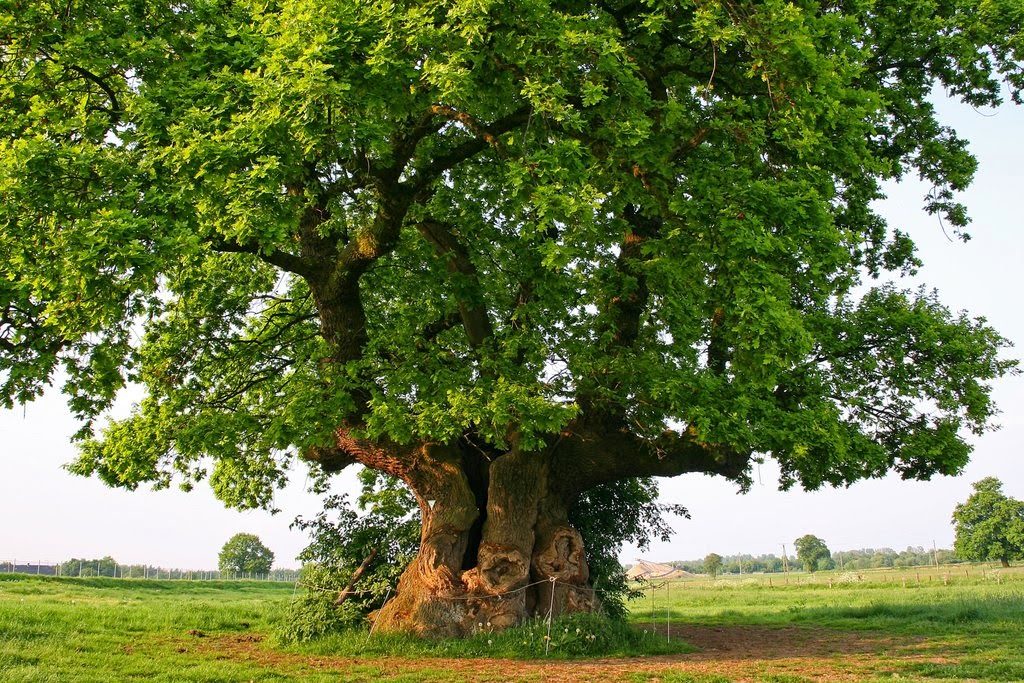
“The old oak, utterly transformed, draped in a tent of sappy dark green, basked faintly, undulating in the rays of the evening sun. Of the knotted fingers, the gnarled excrecenses, the aged grief and mistrust- nothing was to be seen. Through the rough, century-old bark, where there were no twigs, leaves had burst out so sappy, so young, that is was hard to believe that the aged creature had borne them. “Yes, that is the same tree,” thought Prince Andrey, and all at once there came upon him an irrational, spring feeling of joy and renewal. All the best moments of his life rose to his memory at once. Austerlitz, with that lofty sky, and the dead, reproachful face of his wife, and Pierre on the ferry, and the girl, thrilled by the beauty of the night, and that night and that moon- it all rushed at once into his mind.”
The Glory of the Cross
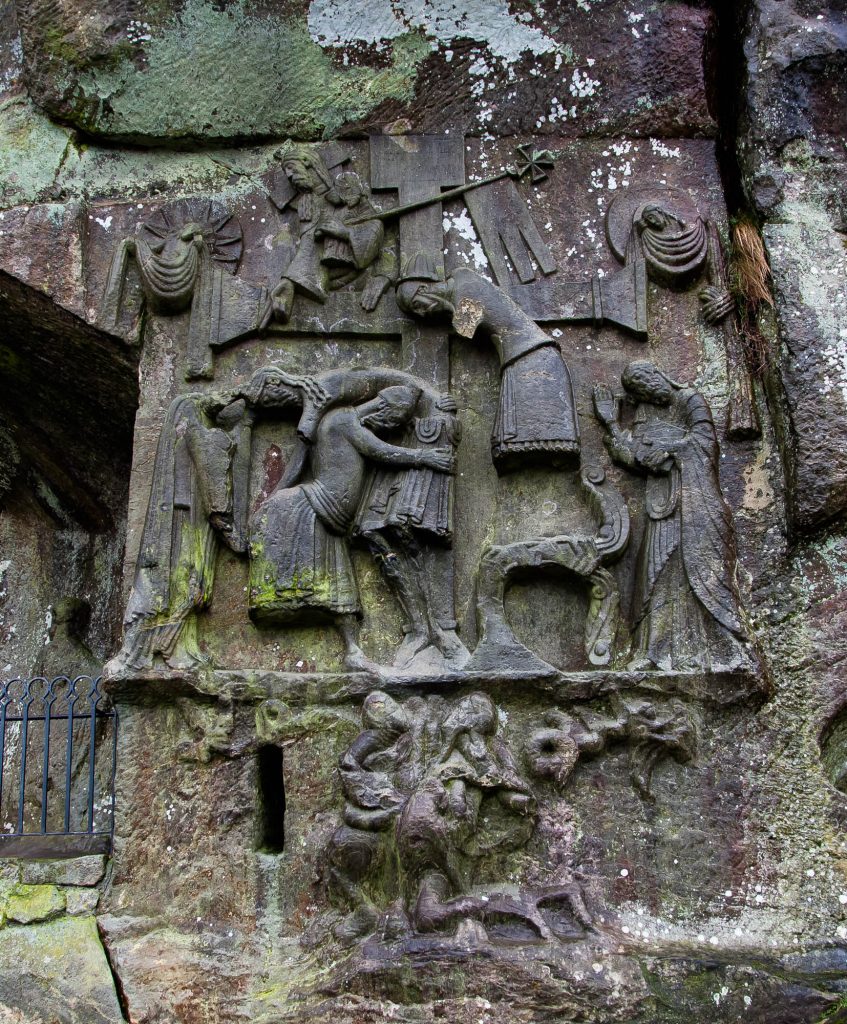
Just before his crucifixion, Jesus prayed, “Father, the hour has come; glorify your Son, that the Son may glorify you.” It is not easy to understand how the crucifixion could be anything other than a painful way to die but this is not the only place where Jesus connected his death with his glorification. In the third chapter of John, Jesus spoke of his crucifixion in terms of being ‘lifted up’ (ὑψωθῆναι). Nicodemus could not have missed the play on words, and perhaps he read a deeper meaning into them, for Jesus seems to be alluding not only to the OT story of the brazen serpent but also to the words of Isaiah: “Behold, my servant shall act wisely; he shall be high and lifted up (ὑψωθήσεται), and shall be glorified (δοξασθήσεται).” (Isa. 52:13) Isaiah speaks of the glorification of the Servant, but then Isaiah does something that has puzzled generations of readers. He begins to speak about the suffering of the Servant as though that were his glorification.
The apostle Paul may refer back to this passage in Isaiah when he writes in his letter to the Philippians about how Christ took upon himself the appearance of a servant, becoming obedient unto the point of death. Therefore, Paul declares, “God exalted him (ὑπερύψωσεν) and gave him the Name that is above every name…” This name can be none other than the name Yahweh as every Jewish person knew… and a good many Gentiles too. But no! Paul says the name is Jesus. And of course, that is Paul’s point. Jesus is Yahweh. Paul continues, “…so that at the name of Jesus every knee should bow, in heaven and on earth and under the earth, and every tongue confess that Jesus Christ is Lord (ὅτι κύριος Ἰησοῦς Χριστὸς) to the glory of God the Father.” (Phil. 2:9-11)
We find a similar expression in 1 Corinthians and there also Paul identifies Christ Jesus with the name for God in the OT: Yahweh.
“But to us there is but one God (theos), the Father, of whom are all things, and we in him; and one Lord, Jesus Christ (εἷς κύριος Ἰησοῦς Χριστὸς), by whom are all things, and we by him. (1 Cor. 8:6 KJV)
This is essentially the New Testament rendition of the Shema. It is an important statement about the identity of Christ for it places the Lord Jesus Christ in direct relation to God the Father. The essential unity of this profession is strengthened by the fact that the two names, Elohim (theos) and Yahweh (kurios) are the primary names for God in the Old Testament.
And here is a final challenge from Isaiah 53 that I had not seen before.
He was led away after an unjust trial – but who even cared? (Is. 53:8 NET)
I think the NET makes a good translation of this verse (cf. “we esteemed him not”, “we did not desire him”, “we considered him stricken, afflicted…”, etc.). And so that is Isaiah’s challenge for me this Easter, to care.
